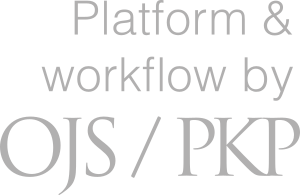Indentation hardness of 3D-printed metals
DOI:
https://doi.org/10.23998/rm.148552Avainsanat:
indentation hardness, pile-up effect, LPBF 3D-printing technology, , AISI H13 steel, Al-alloy AlMg1Si AA-6061Abstrakti
Additive manufacturing is typically used for rapid prototyping and the production of small to medium quantities of complex parts. The quality of 3D-printed metallic parts depends on the printing process parameters and material behaviour. In order to characterize the mechanical properties of materials, the nearly non-destructive micro-indentation hardness testing of additively manufactured steel and aluminium alloy using Laser Powder Bed Fusion technology was investigated in this study. The micro-hardness and modulus of elasticity of hot work tool steel AISI H13 (1.2344) were evaluated to study the influence of printing parameters, such as laser power and laser scanning speed. While no pile-up or sink-in effects were detected in the steel samples, the pile-up effect was observed during the hardness measurement of the aluminum alloy AlMg1Si AA-6061. Since the pile-up effect leads to an overestimation of the measured hardness, a correction factor was applied to account for this deviation, resulting in an adjusted value approximately 7% lower than the initially measured hardness for the aluminum alloy. In addition, the statistical reliability of the measured hardness properties of the 3D-printed metals was evaluated using the Weibull distribution. It was demonstrated that the indentation test is highly suitable for analyzing small additively manufactured samples with relatively little effort while delivering high statistical reliability and providing meaningful insights into the mechanical properties of the materials, such as micro-hardness and indentation modulus.
Tiedostolataukset
Julkaistu
Numero
Osasto
Lisenssi
Copyright (c) 2025 Gia Khanh Pham, Ruth Domes, Ümit Mavis, Johannes Ernstberger, Christian Seidel, Constanze Eulenkamp, Christine Hausner-Henzel, Anh Son Nguyen, Gia Vu Pham

Tämä työ on lisensoitu Creative Commons Nimeä 4.0 Kansainvälinen Julkinen -lisenssillä.




